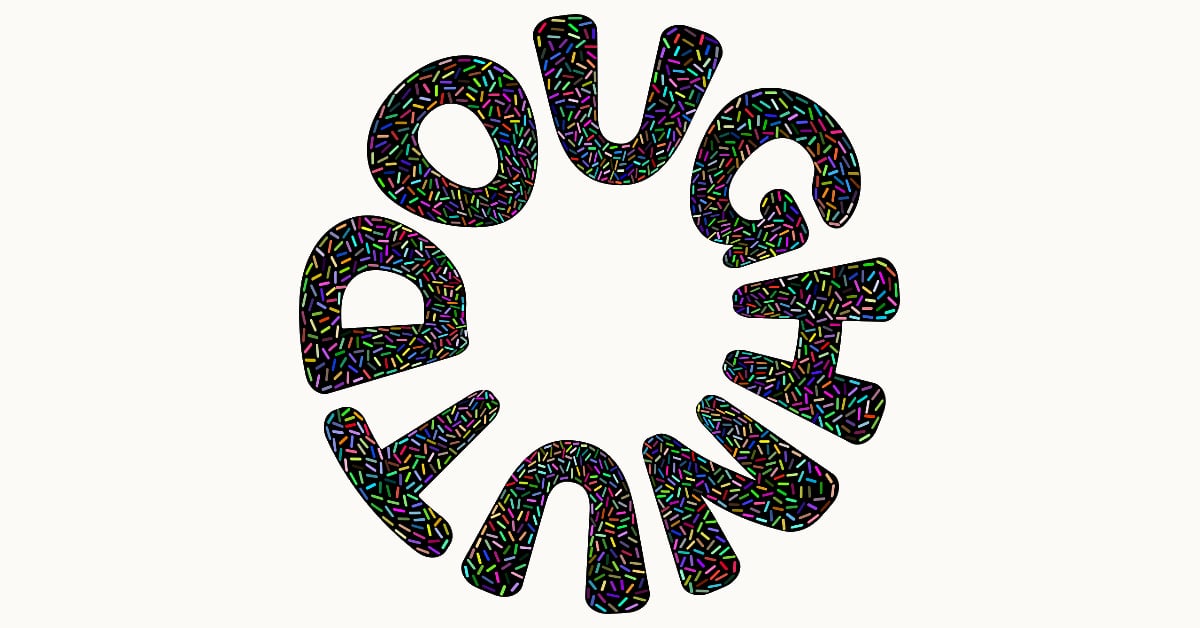fun with metaphysics:
do[ugh]main difference
The whole depends on its parts.
The whole and its parts are mistakenly placed in the same category, like wandering around campus and missing the University.
Parts may be conceived without any whole, but no whole without parts. No bridge sans support, airless fire, or a race without some place to start.
The whole is not its parts.
The whole is never on an inventory of elements. It’s not the same as the set of its bits. A song’s more than notes and lyrics; family dinner, more than seating arrangements.
The whole has no parts.
My world is wholes. A nut or a bolt, what may become a part is whole of its own. I’ve yet to see a part apart from the whole or a whole as parts.
No whole without parts, like a doughnut and hole, but the whole has no parts. Eat the parts, eat the whole, but you cannot eat both.
There is no Z in Zoo. Zoo is a word and ‘word’ is too. No word inhabits the alphabet and it is other than all its letters together. There is no Zoo in this statement, but there is in this sentence. A statement is more than its words, apart from the sum of parts. Meaning apart is seeing relationship, like a face beyond the dots. The whole is more and it belongs to the lore that defines a world. Like doughnuts.



